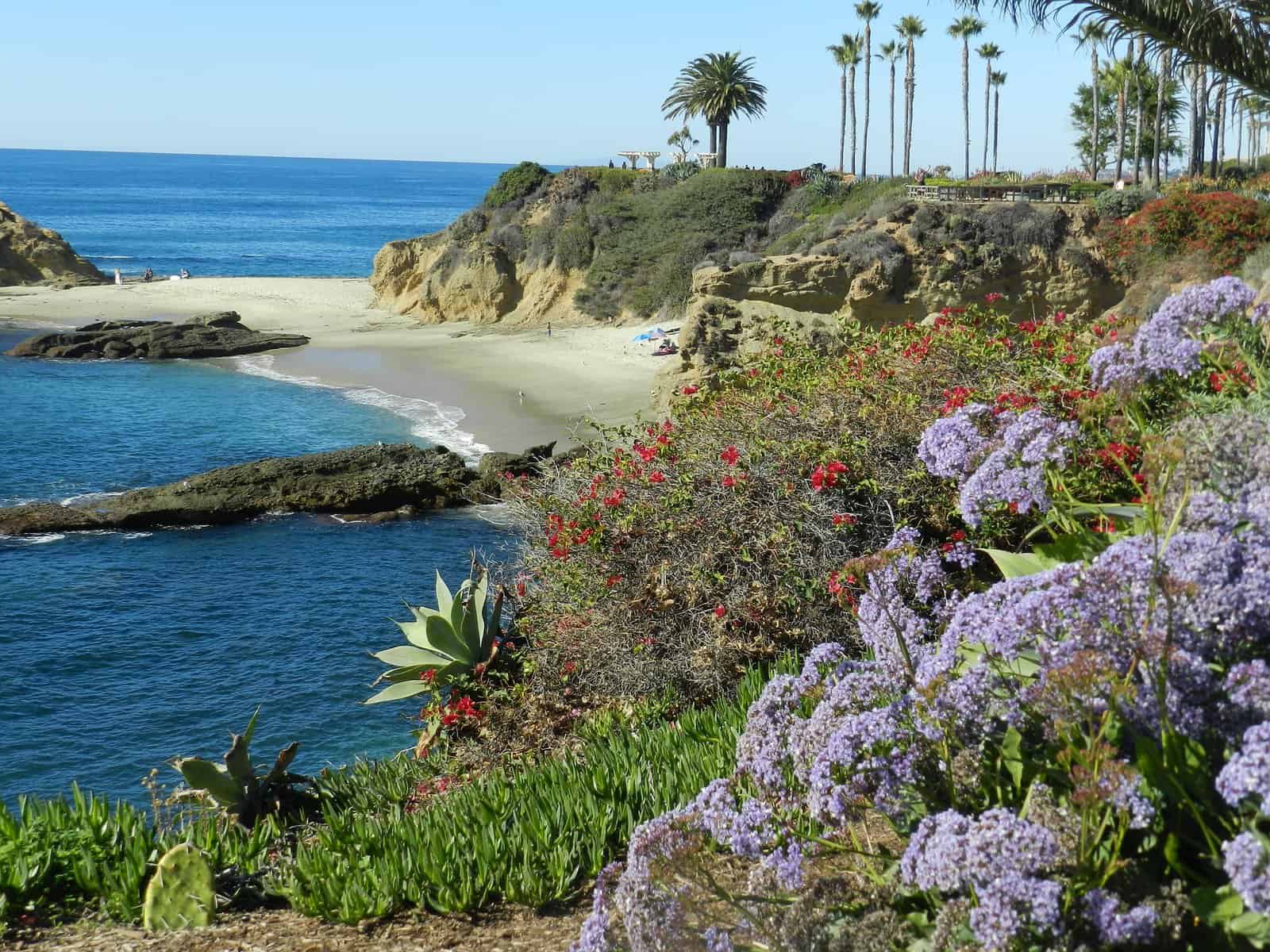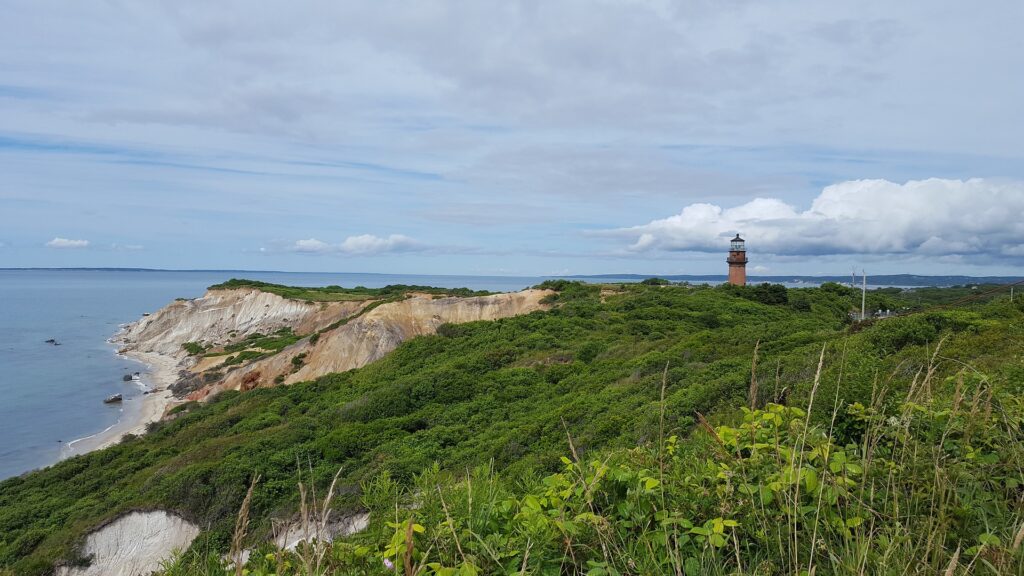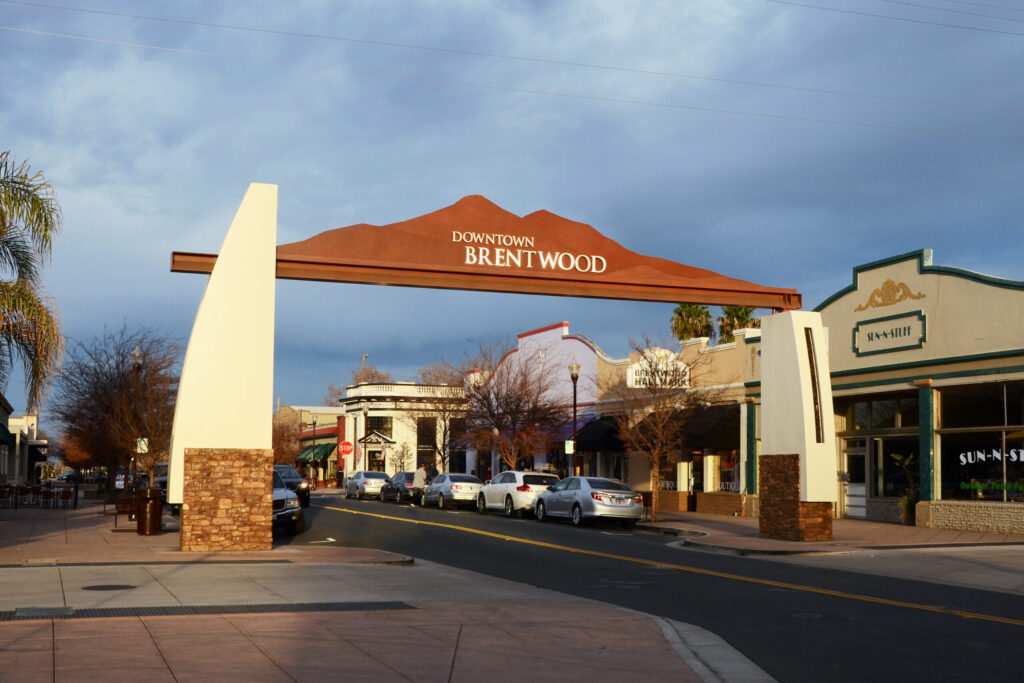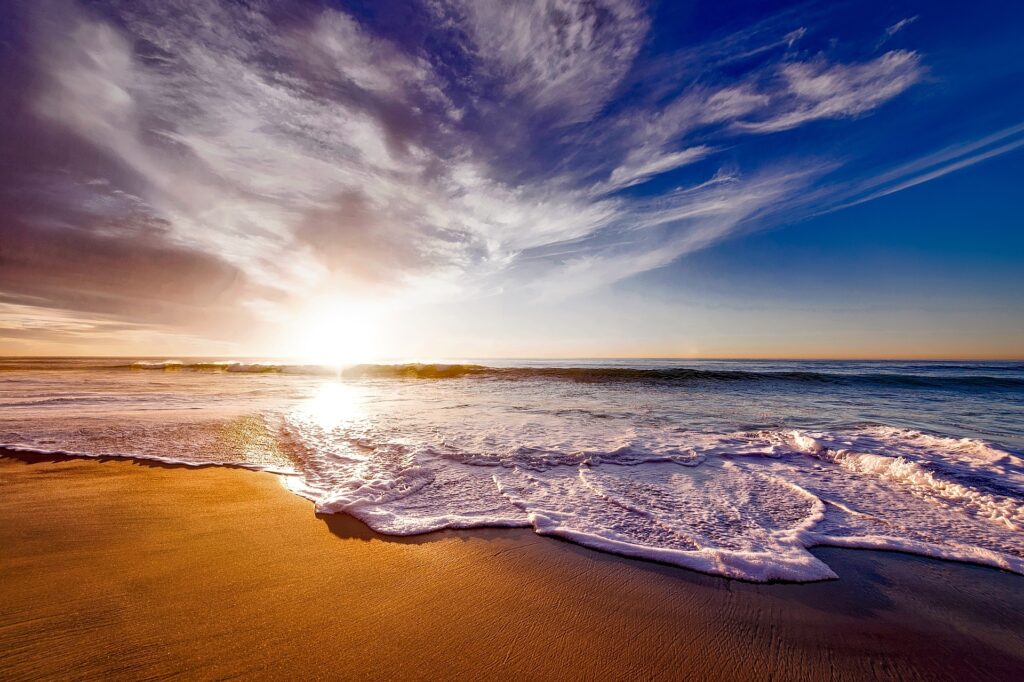St. Mary’s Episcopal Church in Laguna Beach, California, has embraced the Good News Gardens movement, which aims to connect Episcopalians and others through gardening and growing food. As part of this initiative, the church has revamped its gardens by incorporating drought-resistant native plants and implementing a drip irrigation system. These measures help conserve water and prevent runoff, aligning with the church’s commitment to environmental stewardship. Martha Simkins Davis, a parishioner, and Orange County-certified master gardener played a leading role in spearheading the garden overhaul.
National Catholic Reporter reports:
Over the past two years, St. Mary’s Episcopal Church, which sits on a hill four blocks away from the Pacific Ocean in Laguna Beach, California, has overhauled its property, adding drought-resistant native plants to its gardens and installing a drip irrigation system to avoid water runoff.
The Episcopal Church seeks to connect Episcopalians and others around gardening and growing food through its Good News Gardens movement.
“Our natives live naturally in very dry conditions all of the time, getting only water and rain in the winter months (sometimes), and so they have evolved to live in low-water conditions,” Martha Simkins Davis, a parishioner and Orange County-certified master gardener who spearheaded the overhaul of the church’s gardens, told Episcopal News Service. “[And] they are drought tolerant and drought resistant.”
St. Mary’s has transformed its lawn area, previously filled with unwanted plants from parishioners and frequented by dogs from the neighborhood, into a water-wise haven of native flora. This new landscape design not only reduces water usage significantly but also promotes biodiversity and supports local ecosystems. The moisture-retaining mulch used around the plants further helps conserve water and maintains a more sustainable environment.
In the last century, Southern California has warmed by three degrees. The region is increasingly vulnerable to water scarcity, wildfires and coastal erosion. Sea level is expected to rise by 1 to 4 feet in the next century, putting coastal ecosystems and communities at risk.
One way to adapt to climate change and to mitigate its impacts is to return to landscaping with native species rather than grass or other non-native plants. In addition, financial incentives exist to help. Government water conservation programs often encourage native vegetation over grass, since the latter requires a lot of water. Orange County, where Laguna Beach is located 50 miles south of Los Angeles, offers rebates starting at $3 per square foot of turf grass removed, which can lessen water usage by 50-70%.
St. Mary’s took advantage of the county program, and what was once a lawn filled with parishioners’ unwanted plants and where neighbors let their dogs romp became a haven of water-wise, useful flora, surrounded by moisture-retaining mulch.
Read the full article here.







